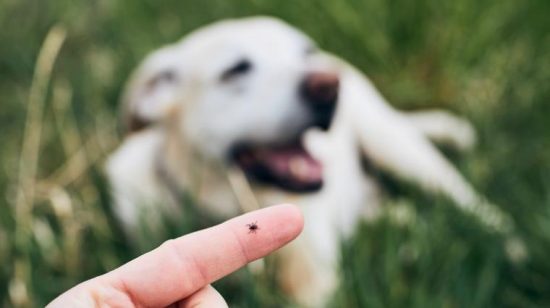How Many Kittens Can a Cat Have? Find Out the Average
Discover the average litter size for cats and how many kittens a cat can have with expert insights on feline reproduction and kitten delivery.
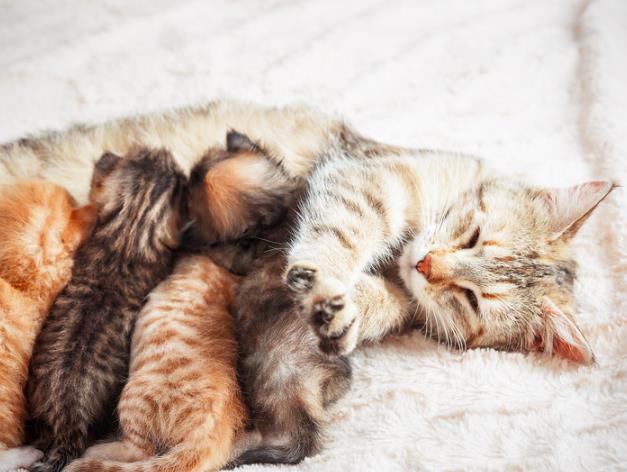
Did you know the record for the most kittens born is 19? It happened in 1970 with a Burmese/Siamese mom cat, but sadly, four kittens didn’t make it. If you have a pregnant cat, you might wonder how many kittens can a cat have. On average, a pregnant cat has 4 to 6 kittens. Also, a cat can have up to four litters in a year!
Every pregnant cat is different, so she might have more or fewer kittens. Many factors, like the cat’s breed and health, can affect how many kittens she has. Remember, it’s best to keep these numbers in mind to make sure all cats and kittens are healthy.
Key Takeaways:
- Cats can give birth to an average of 4-6 kittens in a litter.
- The largest litter of kittens ever recorded was 19 kittens, although 4 were stillborn.
- Factors like breed, age, and health of the cat can influence litter size.
- Younger cats typically have smaller litters than older cats.
- Responsible breeding and spaying/neutering are important to control kitten population and ensure the health of cats and their kittens.
Understanding Cat Litter Sizes
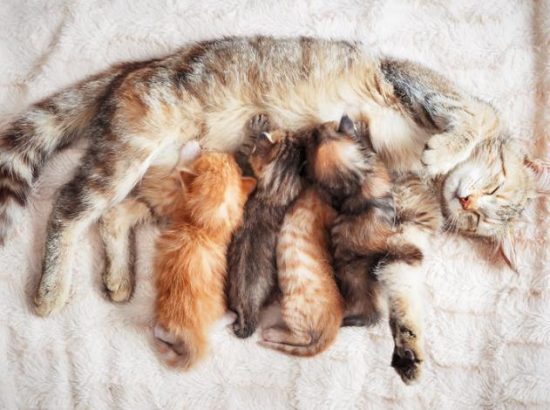
Cats give birth in groups known as cat litter. Normally, a litter has four to six kittens. But, a cat might have just one or even up to 19 kittens. Things like breed, age, and health of the cat influence the litter size.
Siamese and Oriental breeds tend to have more kittens. Usually, younger cat moms have smaller litters. A well cat may have more kittens than one who’s sick or not eating well. Diseases like feline leukemia virus or feline immunodeficiency virus (FIV) can impact litter size. Typically, cats have about four to six kittens per litter size. But this number can range widely. Some cats only have one kitten. The most kittens ever born in a litter was 19, by a Burmese/Siamese cat in 1970.
How Many Kittens Can a Cat Have?
Cats usually have between four to six kittens in a litter. But, it can vary a lot. A cat might only have one kitten, or even 19 kittens in one go. The biggest litter ever had 19 kittens, born by a mix of Burmese and Siamese in 1970. A cat’s breed, age, and health plays a big part in how many kittens it has. Breeds like Siamese and Oriental tend to have more, while younger cats have fewer.
The Kitten Season
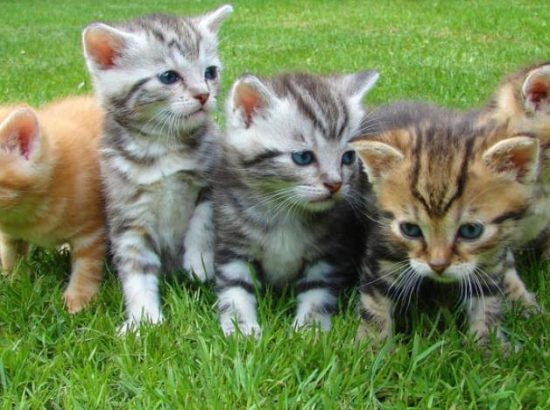
The kitten season runs from March to October. This is when cats have their heat and get pregnant easily and have many kittens, which means more kittens for animal shelters to care for.
Kitten season is from March to October. During this time, more and more cats have babies. The amount of sunlight and temperature affect when cats get pregnant. When kitten season hits, shelters are overwhelmed. Stray cats that aren’t fixed are part of the issue. They have many kittens, making it hard for shelters to help them all. This leads to shelter resources strains, like insufficient space and care for these new kittens.
The age of a mother cat, known as the queen, matters in litter sizes. For instance, an average 1-year-old cat might have three to four kittens. This is because younger cats usually give birth to smaller litters.
How Many Kittens Can a 1-Year-Old Cat Have?
A young cat, like a 1-year-old queen, typically has fewer kittens. She might give birth to only one or as many as six kittens. The amount varies based on breed, health, and more.
Vets suggest spaying your queen to help her live healthier for longer. This can stop her from having too many litters, which is better for her health. It also helps the pet avoid issues, leading to a longer and healthier life.
Factors Determining Litter Size
Several things can affect how many kittens a queen cat has. The cat’s age and health, its breed, and any health issues can all play a part. Also, how often the cat breeds influences the litter’s size.
Mother’s Age and Health
The age and health of the mother cat play a significant role in determining litter size. Younger cats may have smaller litters, while older cats might have larger ones, although this can vary based on individual health and genetic factors. Additionally, the overall health of the mother cat, including her reproductive health and nutritional status, can influence her ability to conceive and carry a litter to term. Cats with underlying health issues may experience complications that affect litter size or viability.
Breed Differences
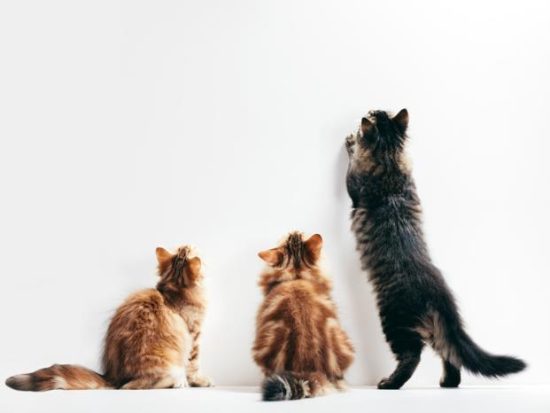
Different cat breeds can have varying litter sizes. Some breeds are known to have larger litters, while others typically have smaller ones. This can be attributed to genetic factors and selective breeding practices within specific breeds. For example, domestic shorthair cats, which encompass a wide range of mixed breeds, may have more variation in litter size compared to purebred cats with more standardized genetic backgrounds.
Health Issues Affecting Litter Size
Various health issues can impact a cat’s ability to conceive and carry a litter to term, thus affecting litter size. Conditions such as uterine infections, hormonal imbalances, and reproductive abnormalities can lead to smaller litters or infertility. Additionally, certain diseases, such as feline panleukopenia virus (FPV) or feline infectious peritonitis (FIP), can cause reproductive complications and reduce litter size. Proper veterinary care and management of these health issues are essential for optimizing reproductive success.
Breeding Frequency and Multiple Fathers
The frequency of breeding and the presence of multiple fathers can influence litter size in cats. Cats that engage in frequent breeding, particularly in multi-cat households or outdoor environments with access to multiple mates, may produce larger litters due to multiple fertilization events during the same estrus cycle. This can result in kittens from different fathers within the same litter, known as superfecundation. Conversely, controlled breeding practices and mating with a single partner can lead to more predictable litter sizes..
Veterinary Methods for Estimation
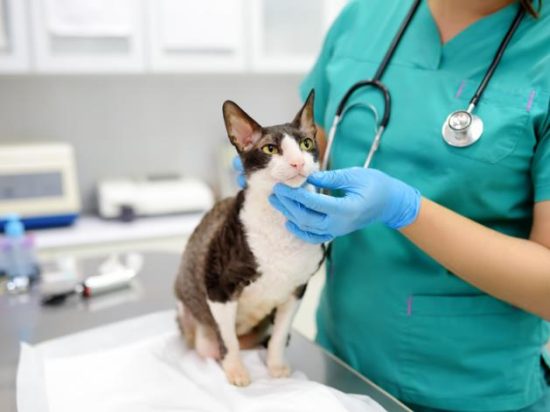
Vets might do an X-ray in the final trimester. This shows the kittens inside, but it’s not perfect. Another way is through abdominal palpation. Vets carefully feel the cat’s belly to estimate the litter size roughly. The real number of kittens is only known on the day they arrive. So, be patient. If you’re a responsible pet owner, keeping in touch with your vet is key. This helps ensure your cat and her kittens are healthy.
Record-Breaking Litter Sizes
On average, a cat has four to six kittens in a litter. However, some cases are truly amazing. In 1970, a Burmese/Siamese cat had a litter that numbered 19 kittens. But, sadly, four were stillborn. This left 15 healthy kittens in the world’s average kitten litter record.
This story shows that cats can sometimes have more kittens than we expect. If your cat is expecting, she might have more than four to six kittens. So, it’s very important to be ready and to work with your vet. This will make sure both the mother cat and her kittens are healthy.

